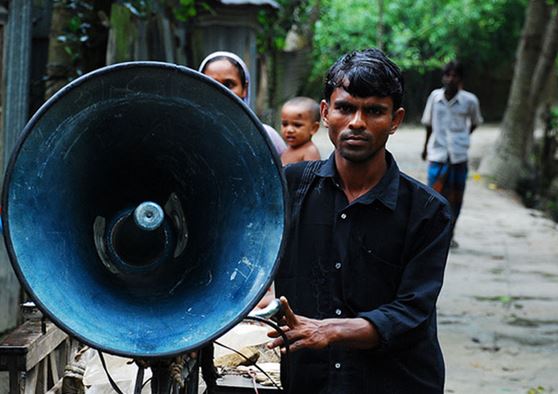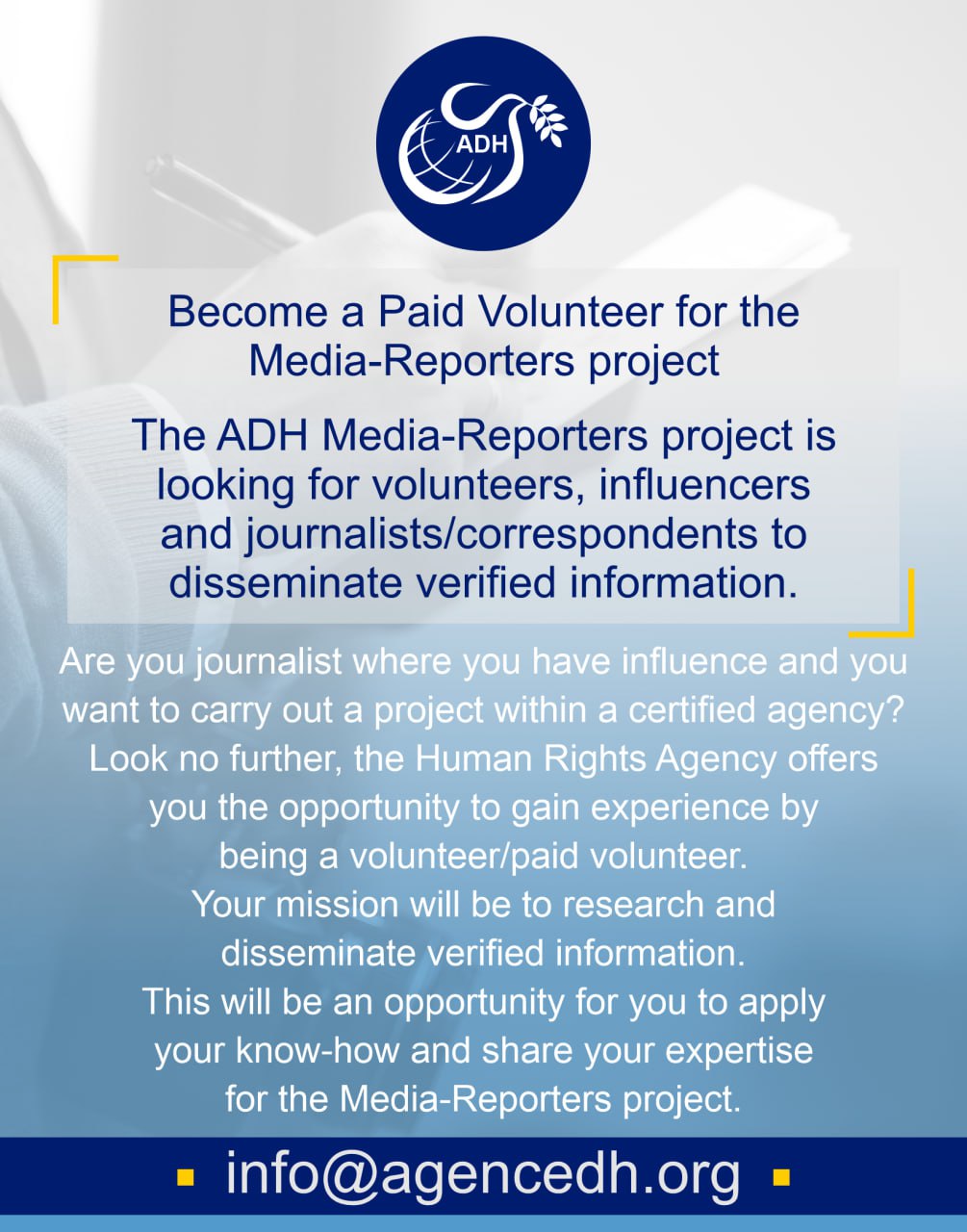Sendai: Early warning saves lives, but communities need targeted, useful information

When disaster strikes, the surest way to save more lives is to get targeted, practical information quickly out to communities, United Nations experts told delegations gathered in Sendai, Japan, but stressed that even the most technically impressive systems “are useless” if people are not reached or do not understand the warning.
Throughout several events at the Third World Conference on Disaster Risk Reduction, running in Sendai through Wednesday 18 March, UN experts, Government and civil society officials spotlighted the essential need for effective early warning systems to raise risk awareness, ensure proactive preventive action to help communities reduce, if not prevent, loss of lives and property.
The Executive Secretary of the UN Educational, Scientific and Cultural Organization (UNESCO) Intergovernmental Ocean Committee, Vladimir Ryabinin, said that early warning set-ups had to provide information that is usable and used.
“Even the most advanced systems in the world are useless if people do not respond to the warning,” Mr. Ryabinin told participants at the Conference’s ‘Lessons from Mega-Disasters’ session. “People need to know what to do in the event of a tsunami. We need to educate people. Japan provides an excellent example in this.”
The Director-General of the Japan Meteorological Agency, Noritake Nishide, expanded on the Japanese approach and how early warning had improved since the 2011 earthquake that heavily impacted Sendai and surrounding areas. More accurate seismology monitors have been installed, key partnerships have been strengthened, and better communication of key information to at-risk populations has been established.
Three factors have been crucial to this better preparedness: first, the issuing of daily earthquake information sensitizes and increases the awareness of the population; second, holding regular disaster scenarios – including real-time evaluations – to increase preparedness; and third, greater adoption of a multi-hazard approach to disaster resilience (…)







